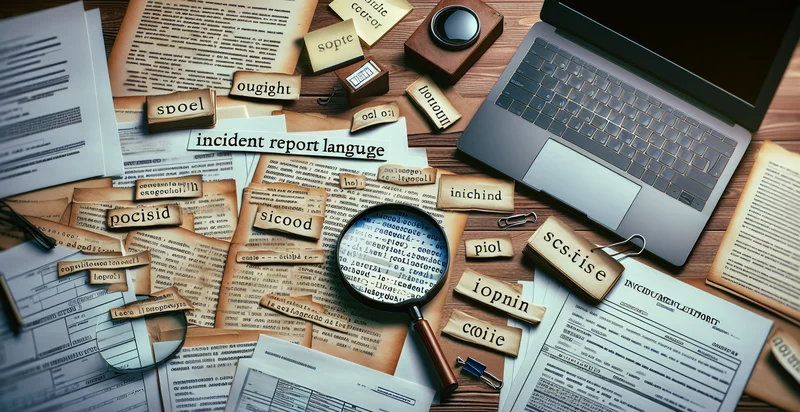Identify language of risk assessment
using AI
Below is a free classifier to identify language of risk assessment. Just input your text, and our AI will predict what level of risk each assessment corresponds to - in just seconds.

Contact us for API access
Or, use Nyckel to build highly-accurate custom classifiers in just minutes. No PhD required.
Get started
import nyckel
credentials = nyckel.Credentials("YOUR_CLIENT_ID", "YOUR_CLIENT_SECRET")
nyckel.invoke("language-of-risk-assessment", "your_text_here", credentials)
fetch('https://www.nyckel.com/v1/functions/language-of-risk-assessment/invoke', {
method: 'POST',
headers: {
'Authorization': 'Bearer ' + 'YOUR_BEARER_TOKEN',
'Content-Type': 'application/json',
},
body: JSON.stringify(
{"data": "your_text_here"}
)
})
.then(response => response.json())
.then(data => console.log(data));
curl -X POST \
-H "Content-Type: application/json" \
-H "Authorization: Bearer YOUR_BEARER_TOKEN" \
-d '{"data": "your_text_here"}' \
https://www.nyckel.com/v1/functions/language-of-risk-assessment/invoke
How this classifier works
To start, input the text that you'd like analyzed. Our AI tool will then predict what level of risk each assessment corresponds to.
This pretrained text model uses a Nyckel-created dataset and has 30 labels, including Arabic, Czech, Danish, Dutch, English, Filipino, Finnish, French, German and Greek.
We'll also show a confidence score (the higher the number, the more confident the AI model is around what level of risk each assessment corresponds to).
Whether you're just curious or building language of risk assessment detection into your application, we hope our classifier proves helpful.
Related Classifiers
Need to identify language of risk assessment at scale?
Get API or Zapier access to this classifier for free. It's perfect for:
- Risk Document Analysis: This function can automatically classify and flag documents related to risk assessments, ensuring that only relevant materials are processed. By identifying the language of risk, organizations can streamline their review processes and focus on high-priority assessments.
- Compliance Monitoring: Implementing the text classification function allows businesses to monitor compliance documents effectively. It can quickly detect non-compliant language or terminology, prompting further investigation or corrective action.
- Automated Reporting: Businesses can leverage the language of risk assessment identifier to generate automated reports on identified risks. By classifying these reports, organizations can present clear insights to stakeholders, saving time on manual reviews.
- Targeted Training Programs: This function can analyze past risk assessments to identify gaps in knowledge among employees. By highlighting common risk language and trends, companies can develop targeted training programs to improve risk awareness and management skills.
- Enhanced Risk Strategy Development: By analyzing classified risk assessment texts, organizations can identify patterns and trends over time. This can inform the development of more effective risk management strategies and policies tailored to specific challenges.
- Investment Risk Evaluation: Financial institutions can use this function to assess the risk language in potential investment opportunities. By identifying key indicators of risk, analysts can make more informed decisions regarding portfolio investments.
- Reputation Management: Companies can monitor public communications and risk statements related to their brand. By classifying the language used, businesses can proactively manage their reputation and address potential crises before they escalate.


